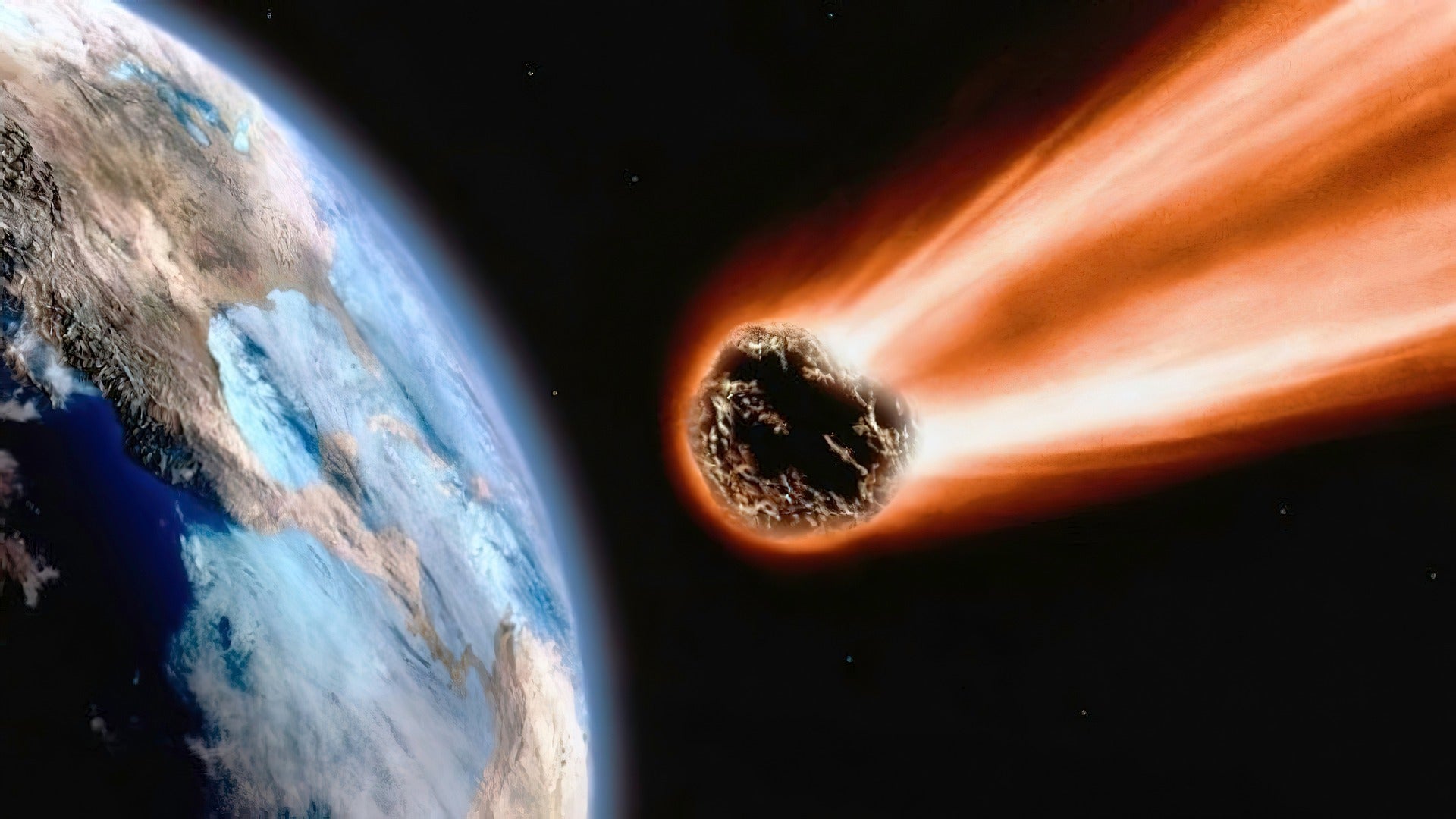Earth was hit by another huge asteroid at the same time as the one that wiped out dinosaurs, vast crater suggests
Rock would have brought deathly winds and tsunamis

Your support helps us to tell the story
From reproductive rights to climate change to Big Tech, The Independent is on the ground when the story is developing. Whether it's investigating the financials of Elon Musk's pro-Trump PAC or producing our latest documentary, 'The A Word', which shines a light on the American women fighting for reproductive rights, we know how important it is to parse out the facts from the messaging.
At such a critical moment in US history, we need reporters on the ground. Your donation allows us to keep sending journalists to speak to both sides of the story.
The Independent is trusted by Americans across the entire political spectrum. And unlike many other quality news outlets, we choose not to lock Americans out of our reporting and analysis with paywalls. We believe quality journalism should be available to everyone, paid for by those who can afford it.
Your support makes all the difference.Around the same time the Earth was smashed by the asteroid that wiped out the dinosaurs, it was hit by another huge and destructive rock, according to a new study.
Scientists have found a vast pit just off the coast of Guinea that appears to have been left behind when a meteor smashed into the Earth and left behind an impact creator, according to a new study.
It is still not clear how old the crater is, and scientists are yet to definitively confirm what caused it.
But it appears to have been formed around 66 million years ago, just before or after Chicxulub, the crater that was left behind in the Gulf of Mexico, when a miles-wide asteroid smashed into the Earth and caused horrific conditions that were enough to wipe out the dinosaurs.
The new crater, nicknamed Nadir, appears to have been caused by something that would be comparably destructive on its own.
It looks to have been formed by an asteroid around measuring 400 metres across. Its collision with the Earth would have released 1,000 times more energy than the recent Tonga eruption, or 5,000 megatons of TNT.
Anything nearby would have seen a burning sun-like object travelling towards them. They would then have been blasted by a fatal wind, before being pummelled by waves travelling at 900 miles per hour.
After the violence ended, it would have left behind the ‘Nadir’ crater that was discovered by Uisdean Nicholson, a geologist, almost by accident, as he looked through data. Scientists are unable to confirm it was caused by a collision – the only way to do so is dig down and look for clues in the ground – but it is the most likely explanation.
If the crater was formed by an asteroid, then it would have been less dramatic than the one that wiped out the dinosaurs – that collision was enough to force the whole world into a period of hellish conditions. But multiple collisions at the same time could have all added up, potentially meaning that life on Earth was even more difficult than we had previously realised.
What’s more, the two asteroids could actually be related, scientists suggest. While collisions at the same time could be a coincidence, they might both have come from the same parent asteroid.
The discovery is reported in a new paper, ‘The Nadir Crater offshore West Africa: A candidate Cretaceous-Paleogene impact structure’, published in Science Advances.
Join our commenting forum
Join thought-provoking conversations, follow other Independent readers and see their replies
Comments